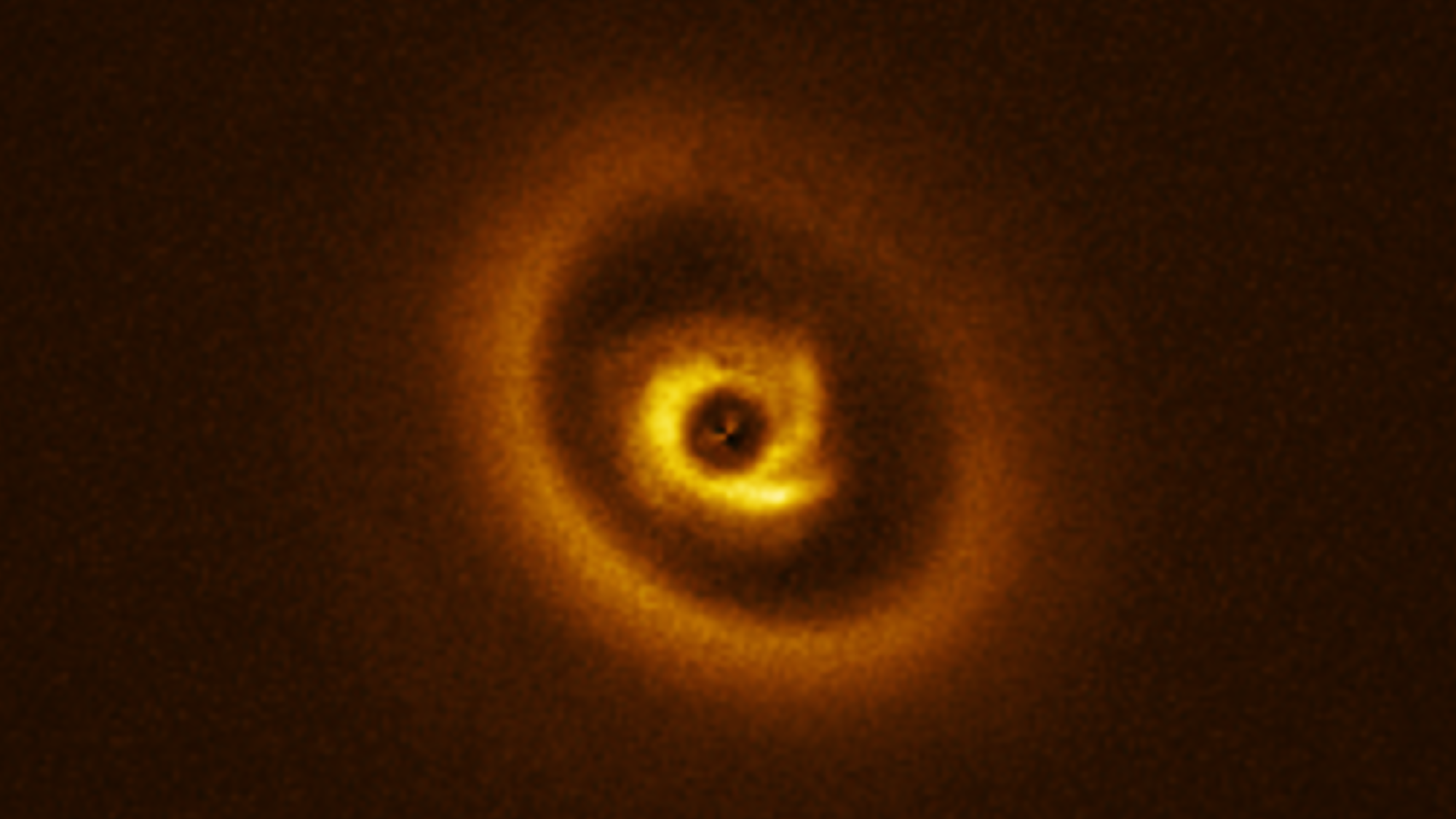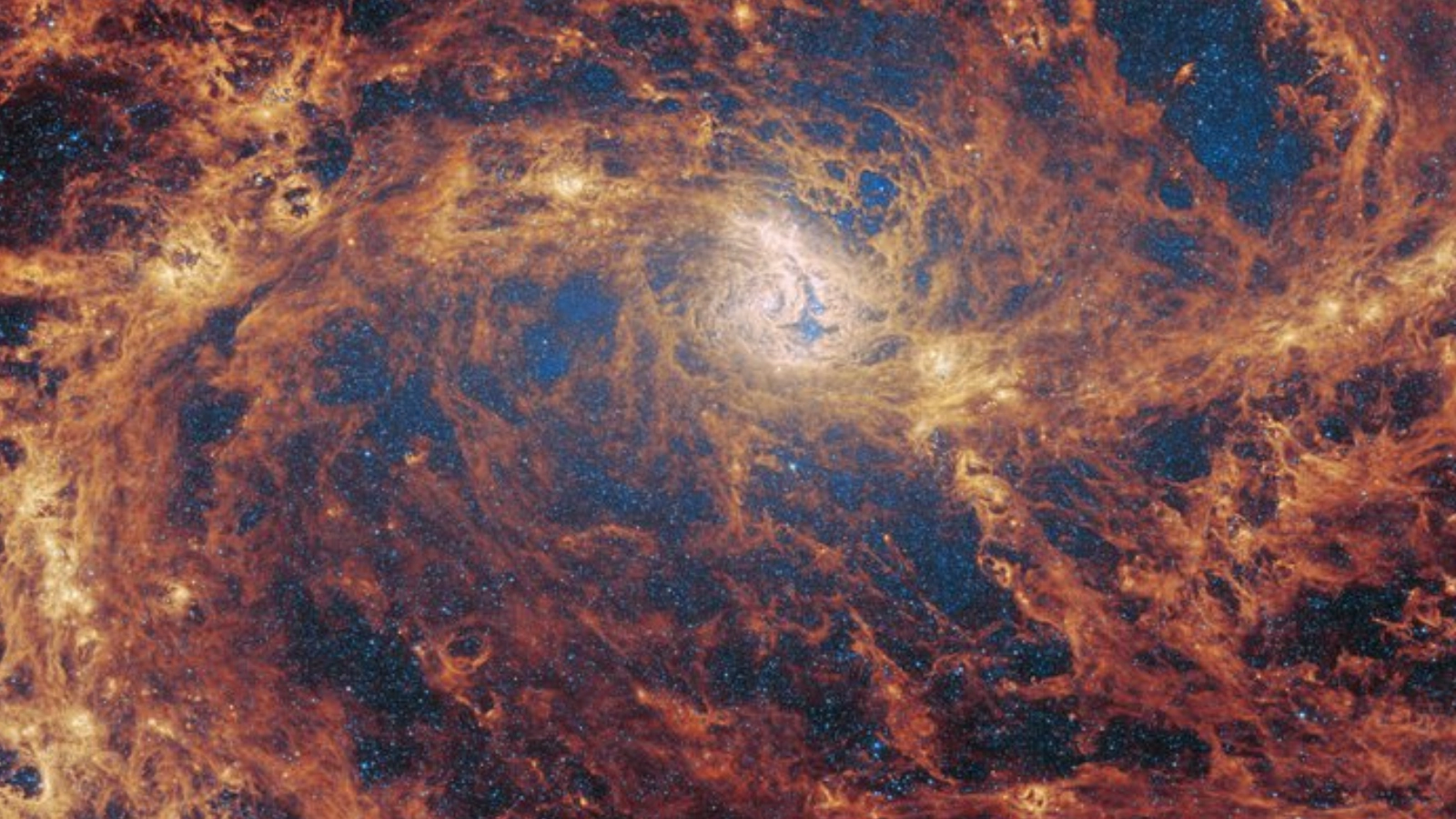james webb telescope
Latest about james webb telescope
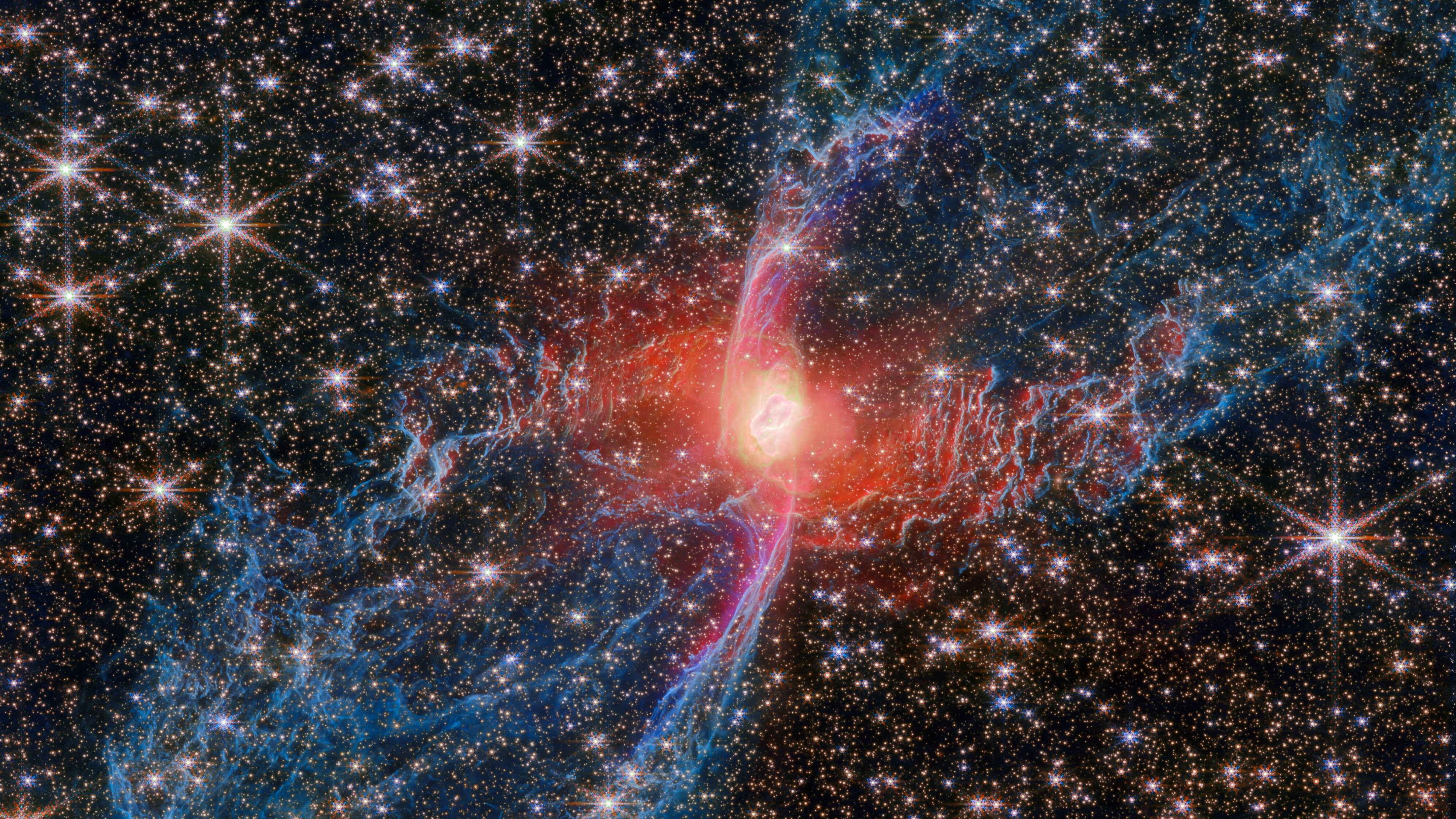
James Webb telescope celebrates Halloween with eerie image of a dying sun — it's what our own might look like one day
By Ben Turner published
This Halloween, the James Webb Space Telescope has served us up a stunning image of the Red Spider Nebula. It could be a glimpse of our solar system will in the distant future.
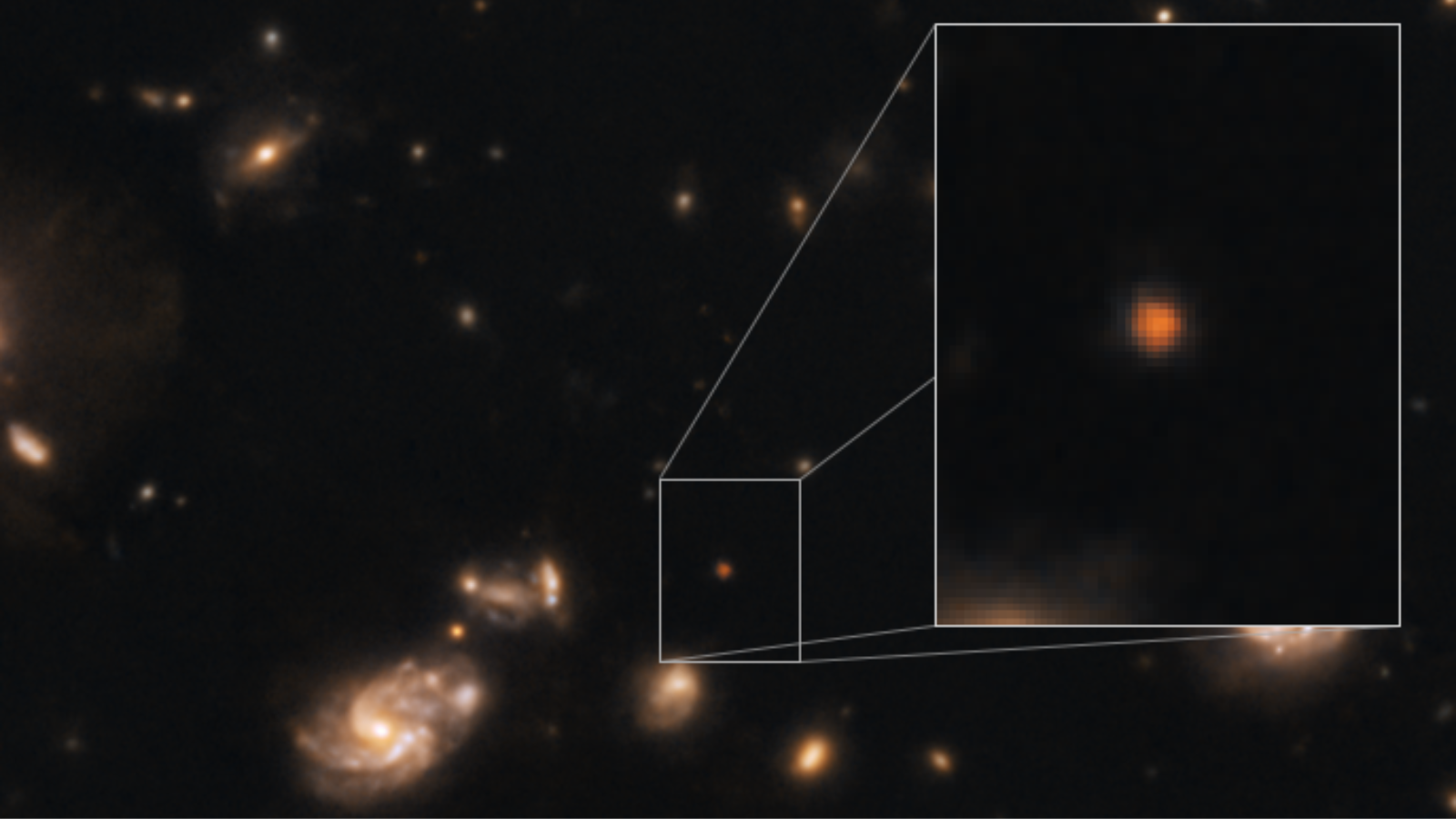
'Puzzling' object discovered by James Webb telescope may be the earliest known galaxy in the universe
By Sophie Berdugo published
While scouring images from the James Webb Space Telescope, astronomers spotted Capotauro, "one of the most puzzling discoveries" to date.
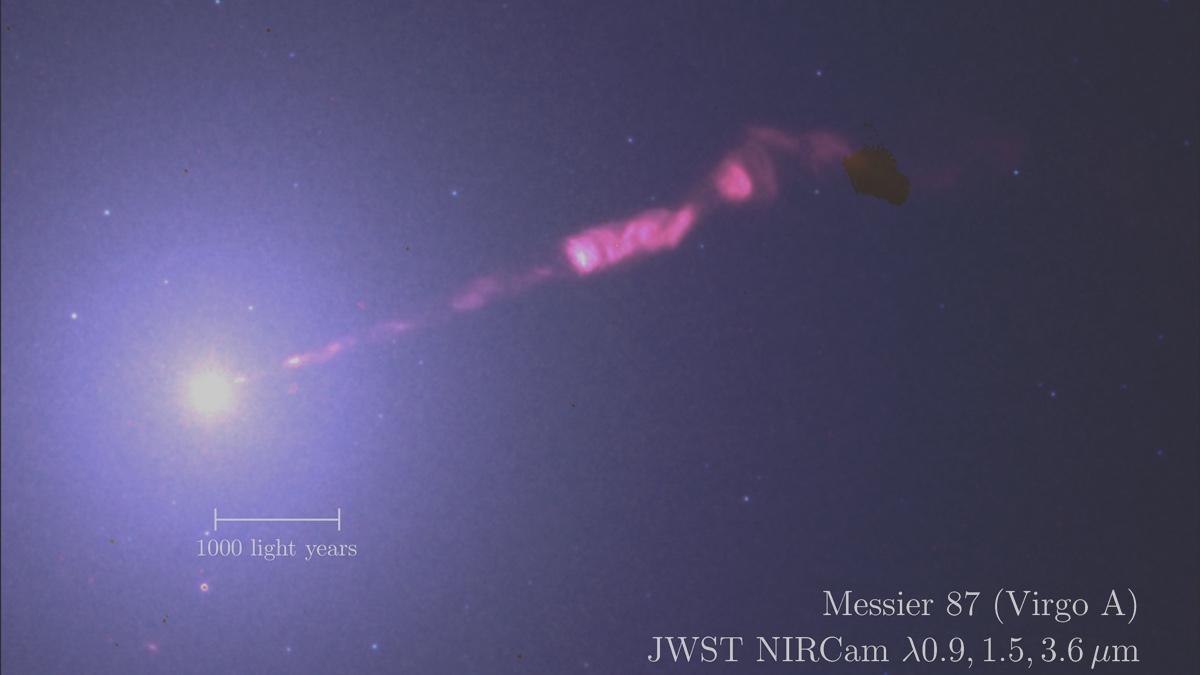
James Webb telescope finds something 'very exciting' shooting out of first black hole ever imaged
By Sophie Berdugo published
Using the James Webb Space Telescope's infrared camera, scientists have captured the gigantic jet blasting out of M87* in a new light.
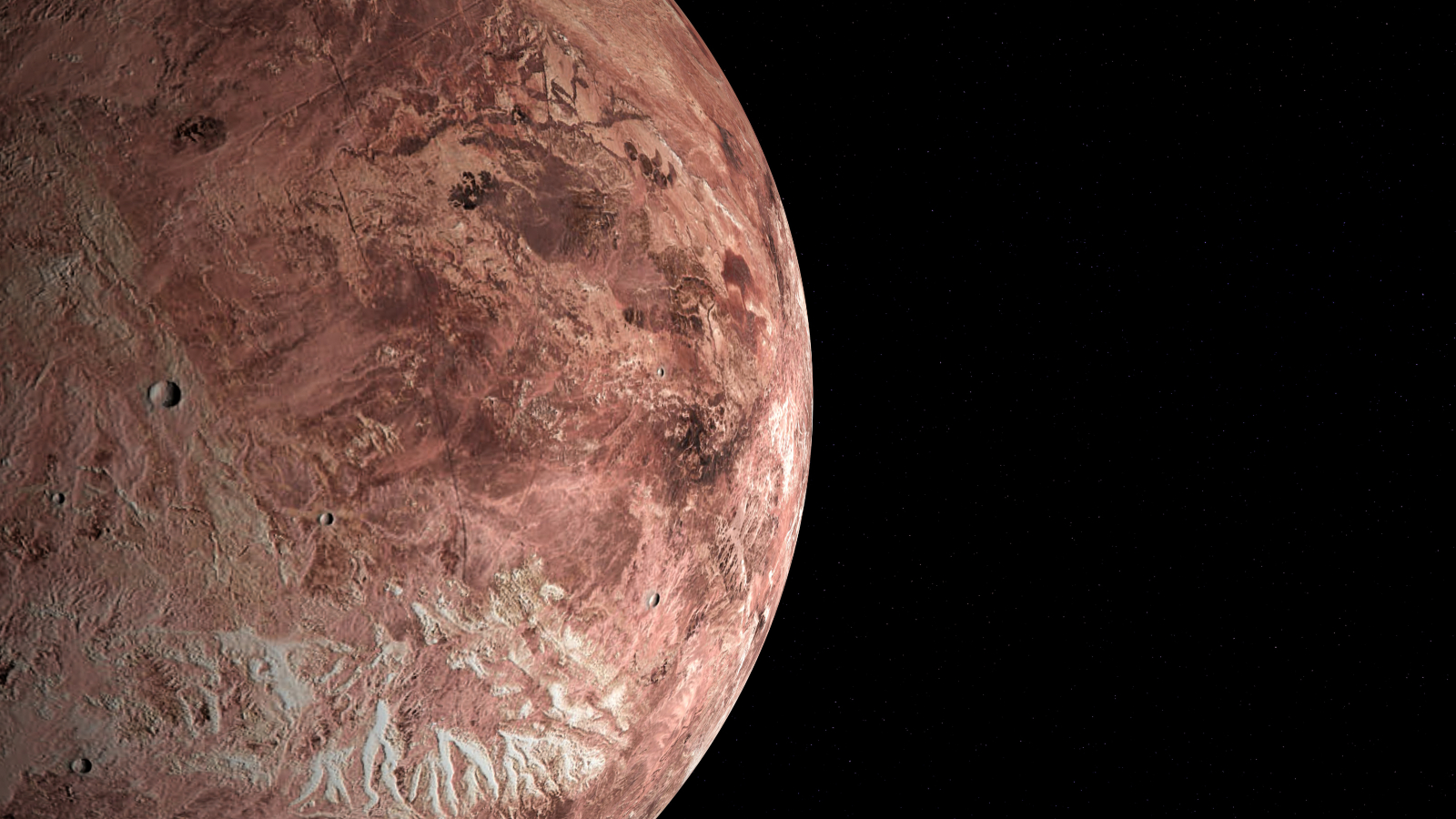
James Webb telescope spies a 'farting' dwarf planet with fluorescent gas in the outer solar system
By Harry Baker published
New observations suggest that the dwarf planet Makemake is surrounded by faintly glowing methane gas. Scientists are unsure if the gas is contained within a wispy atmosphere or being ejected into space.
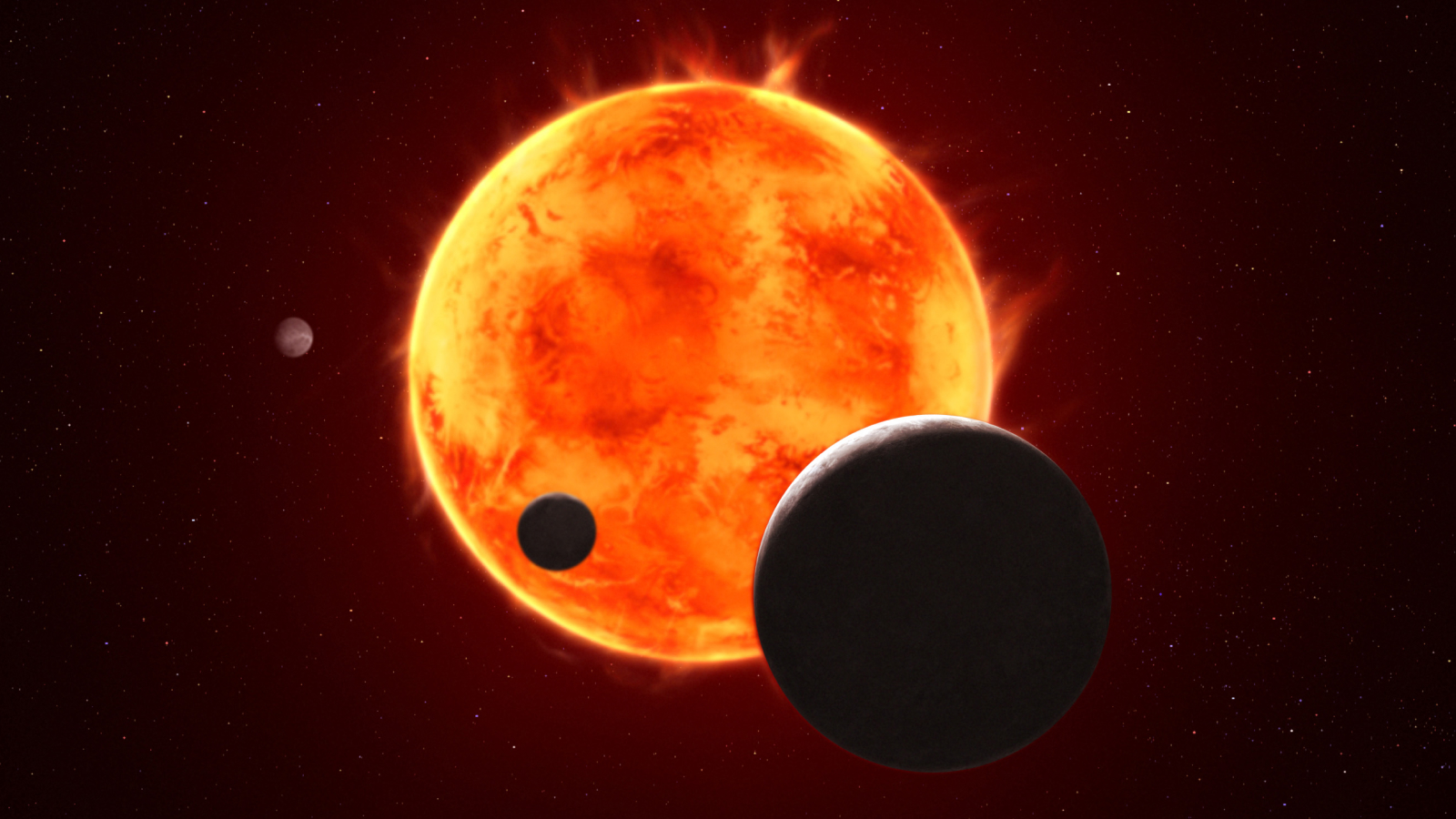
TRAPPIST-1e might have an atmosphere, JWST hints
By Ryan MacDonald, Hannah Wakeford published
Scientists studying the rocky exoplanet TRAPPIST-1e may have found hints of an atmosphere. If confirmed, it could be an important step toward finding a habitable world outside our solar system.
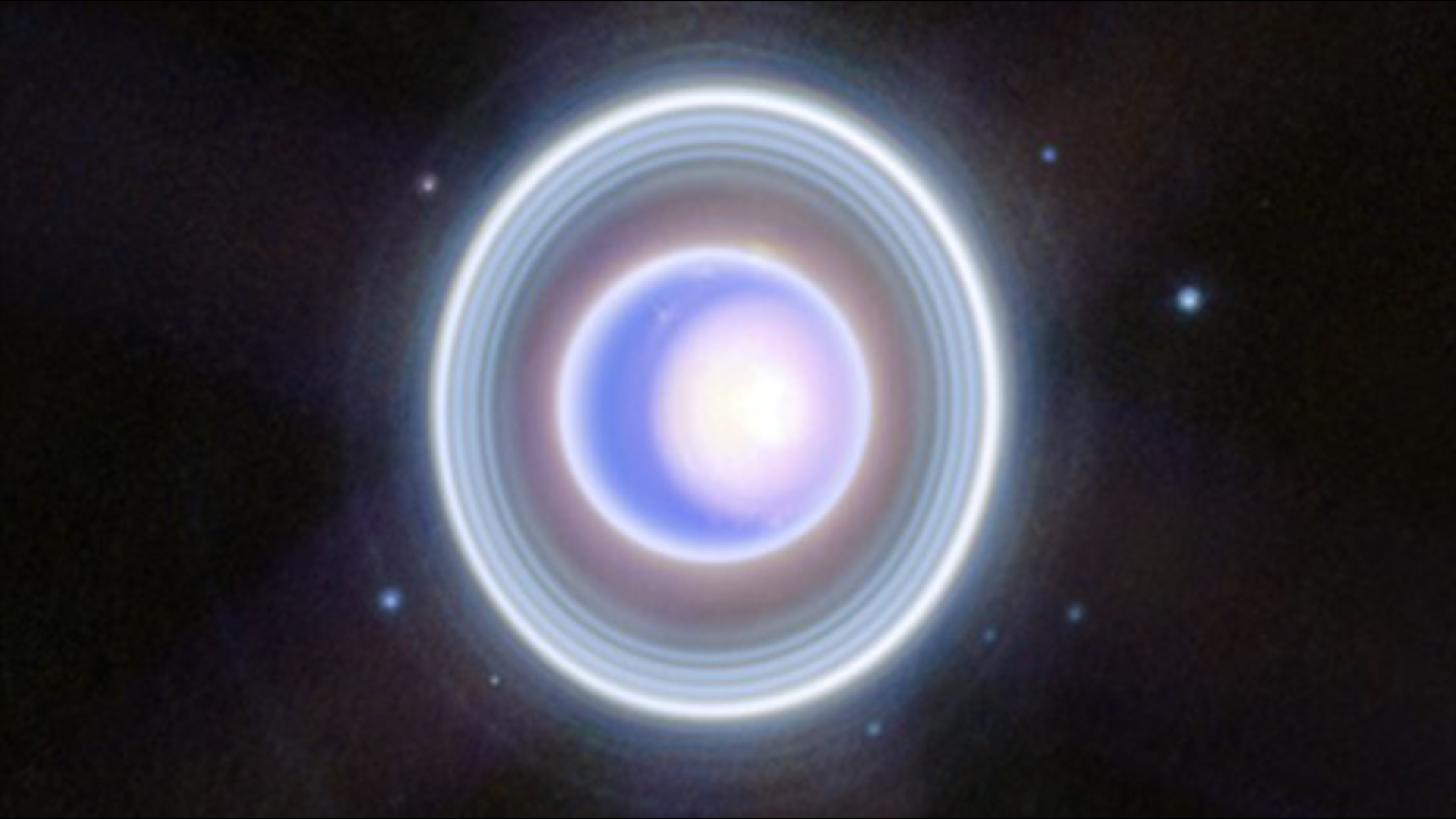
Uranus has a new, hidden moon, James Webb Space Telescope reveals
By Ben Turner published
Uranus' 29th moon was hidden inside the planet's dark inner rings, new observations from the James Webb Space Telescope reveal.
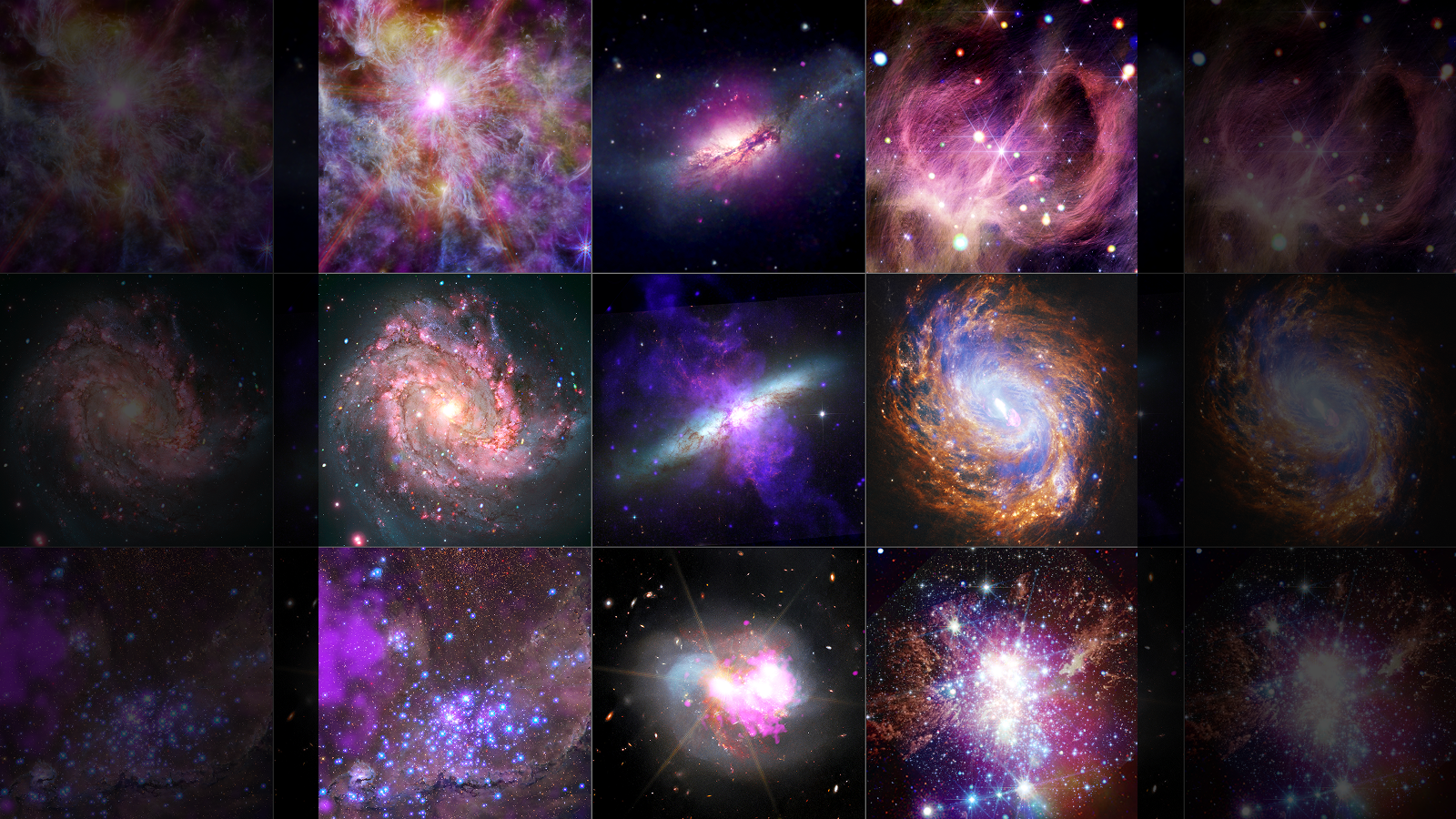
NASA unveils 9 stunning snapshots of the cosmos in X-ray vision: Space photo of the week
By Jamie Carter published
Scientists have released nine dazzling images from NASA's Chandra X-ray Observatory, blending data with the Hubble and James Webb space telescopes to reveal black holes, star clusters and distant galaxies like never before.
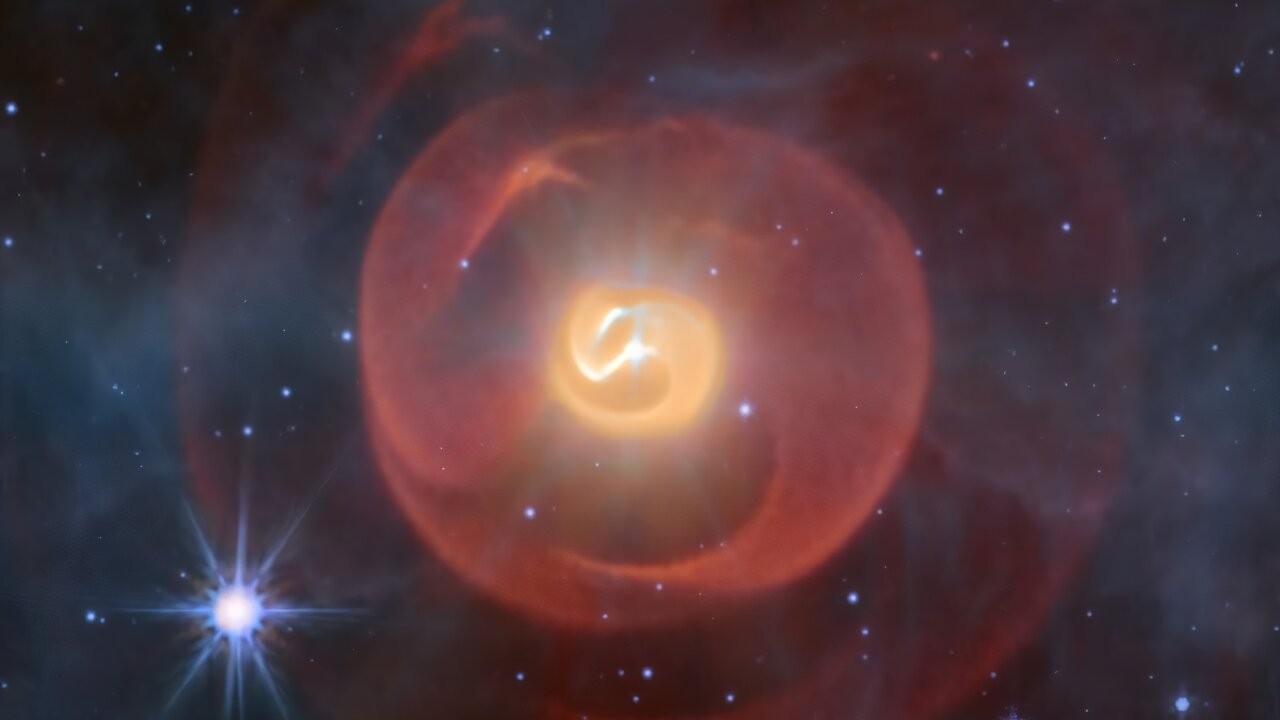
James Webb telescope spies 2 dying stars spilling their guts
By Ben Turner published
Captured in infrared light by the James Webb Space Telescope, the peculiar star system Apep consists of two dying stars spewing their innards at each other.
Get the world’s most fascinating discoveries delivered straight to your inbox.
